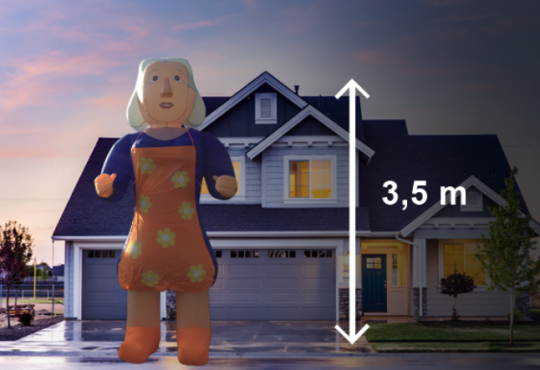
Introduction
Flooding and wildfires are top concerns in Southwest Florida. Proper site preparation reduces both risks. This article breaks down how smart Cape Coral land clearing reduces fire fuel, improves drainage, and protects your investment.
Assessing risk on your lot
Risk starts with a clear assessment. Look at historical flooding maps and check vegetation density. Low-lying areas and lots with dense undergrowth require different approaches.
A professional who understands Cape Coral Land Clearing will point out where grading and vegetation management can most effectively reduce both flood and fire risk.
Reducing fire hazards
Removing ladder fuels and managing brush creates space between combustible materials and structures. Establishing defensible space around a future home slows fire spread and increases firefighter safety.
Strategically leaving larger, healthy trees while removing dry underbrush is the kind of selective Cape Coral Land Clearing that gives both shade and protection.
Improving water flow
Flood risk often comes from blocked drains and low areas that collect water. Regrading a lot so water moves toward approved swales or storm drains prevents pooling near foundations.
A lot that has undergone professional Cape Coral Land Clearing typically drains better because crews correct low spots and protect natural flow channels.
Soil and vegetation choices
After clearing, choosing the right ground cover stabilizes soil and reduces erosion. Native grasses and shrubs that tolerate local conditions help absorb water and hold soil in place.
When replanted thoughtfully, the post-clearing landscape complements Cape Coral Land Clearing efforts by preventing washouts and reducing combustible ground cover.
Erosion control during storms
Temporary measures like silt fences and mulch protect disturbed soil until permanent plantings establish. These controls keep sediment from clogging storm systems and worsening neighborhood flooding.
Any Cape Coral Land Clearing plan should include erosion control as a non-negotiable item.
Maintaining underground systems
Underground infrastructure like storm piping and retention areas must be designed and installed to handle seasonal storm intensity. That’s where Cape Coral Underground Utilities come in.
Professionals who coordinate Cape Coral Underground Utilities at the same time as clearing ensure that drainage systems align with the final grade.
Permits and environmental safeguards
Local regulations in Cape Coral and Lee County require best practices to protect wetlands and water quality. Hiring a crew experienced with permitting avoids violations that can halt a project.
When permitting is integrated into the Cape Coral Land Clearing plan, it creates a defensible, compliant approach that reduces liability.
Long-term maintenance matters
Clearing reduces immediate fire and flood risk, but maintenance keeps it that way. Regularly removing dead wood, cleaning gutters, and inspecting drainage ensures the site continues to perform.
A site owner who understands Cape Coral Land Clearing treats it as an ongoing responsibility rather than a one-time task.
Community benefits
Well-managed sites reduce downstream flooding and cut wildfire risk for neighbors. Good practices during clearing show respect for the community and often result in smoother inspections and fewer complaints.
When crews combine Cape Coral Land Clearing with thoughtful Cape Coral Underground Utilities work, the whole neighborhood benefits.
Conclusion
Effective land clearing is prevention at its best. By addressing fuel loads, drainage, and soil stability, Cape Coral Land Clearing significantly reduces flood and fire threats. Pair that with properly planned Cape Coral Underground Utilities and you’ve created a resilient lot that protects your property and your neighbors.







